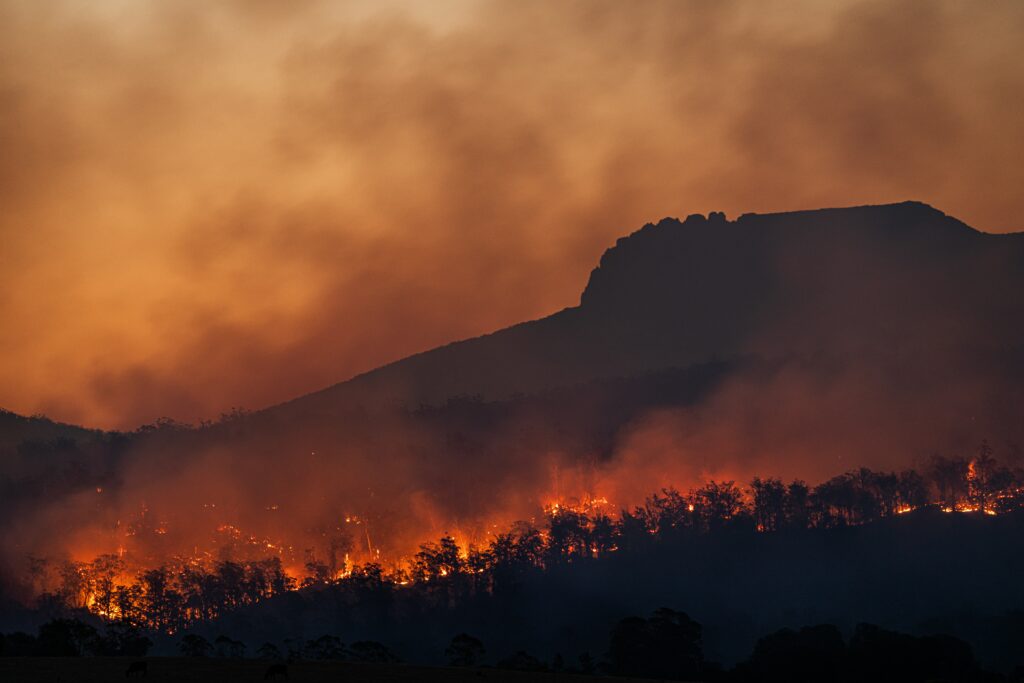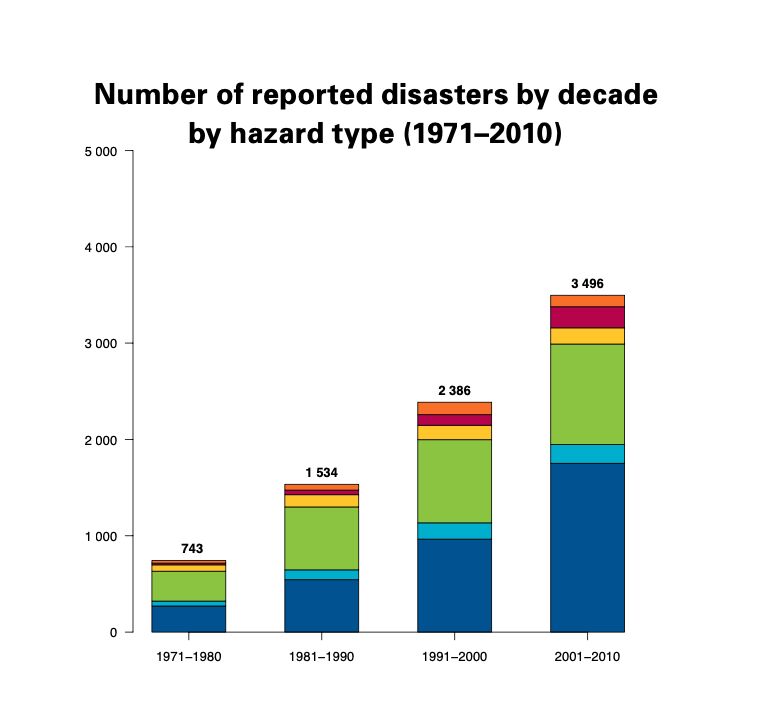Rising Costs of Natural Disasters Linked to Climate Change

Climate change is exacting a growing financial toll with each passing catastrophe. The escalating frequency and intensity of natural disasters, including hurricanes, wildfires, floods, and droughts, are straining economies worldwide. Learn how climate-driven factors impact the world.

Here’s a closer look at how climate change is fueling the financial burden associated with these disasters:
1. Increased Frequency and Severity: Climate change is intensifying the scale and frequency of extreme weather events, resulting in higher costs for emergency responses and recovery efforts.
2. Infrastructure Damage: Critical infrastructure, such as roads, bridges, and utilities, often bears the brunt of extreme weather. Repairing and restoring these lifelines entails significant expenses, diverting funds from other vital projects.
3. Property Losses: Residential and commercial properties frequently fall victim to natural disasters, leading to substantial insurance claims and uninsured losses that strain individuals and communities financially.
4. Healthcare Costs: Disasters can lead to injuries and illnesses, driving up healthcare expenditures for individuals and communities alike, encompassing medical treatment, emergency services, and public health responses.
5. Agricultural Impact: Climate change disrupts agricultural patterns, causing crop failures and reduced food production. This, in turn, escalates food prices and results in financial losses for farmers and the agricultural sector.
6. Increased Emergency Response Costs: Deploying and maintaining first responders like firefighters, police, and emergency medical teams during disasters incurs substantial costs.
7. Long-Term Recovery: Rebuilding communities and restoring normalcy post-disaster is a years-long process demanding substantial financial resources and often hindering economic growth in affected areas.
8. Loss of Economic Productivity: Disasters disrupt business operations and reduce economic productivity, leading to reduced tax revenue and increased unemployment, further straining public finances.
In summary, climate change stands as a primary driver of escalating costs related to natural disasters. Proactive measures, such as reducing greenhouse gas emissions, enhancing disaster preparedness, and investing in resilience, are crucial steps to mitigate these financial impacts. Tackling climate change not only benefits the environment but also yields long-term cost savings by curbing the frequency and severity of catastrophic events.
All those information are based of data from one of the biggest statistical institues of France and the report of the WMO (World Meteoreological Organisation)
https://fr.statista.com/infographie/15808/pertes-economiques-catastrophes-climatiques/
Let’s change our habits. Now
Thanks to Matt Palmer for the image : https://unsplash.com/fr/@mattpalmer







